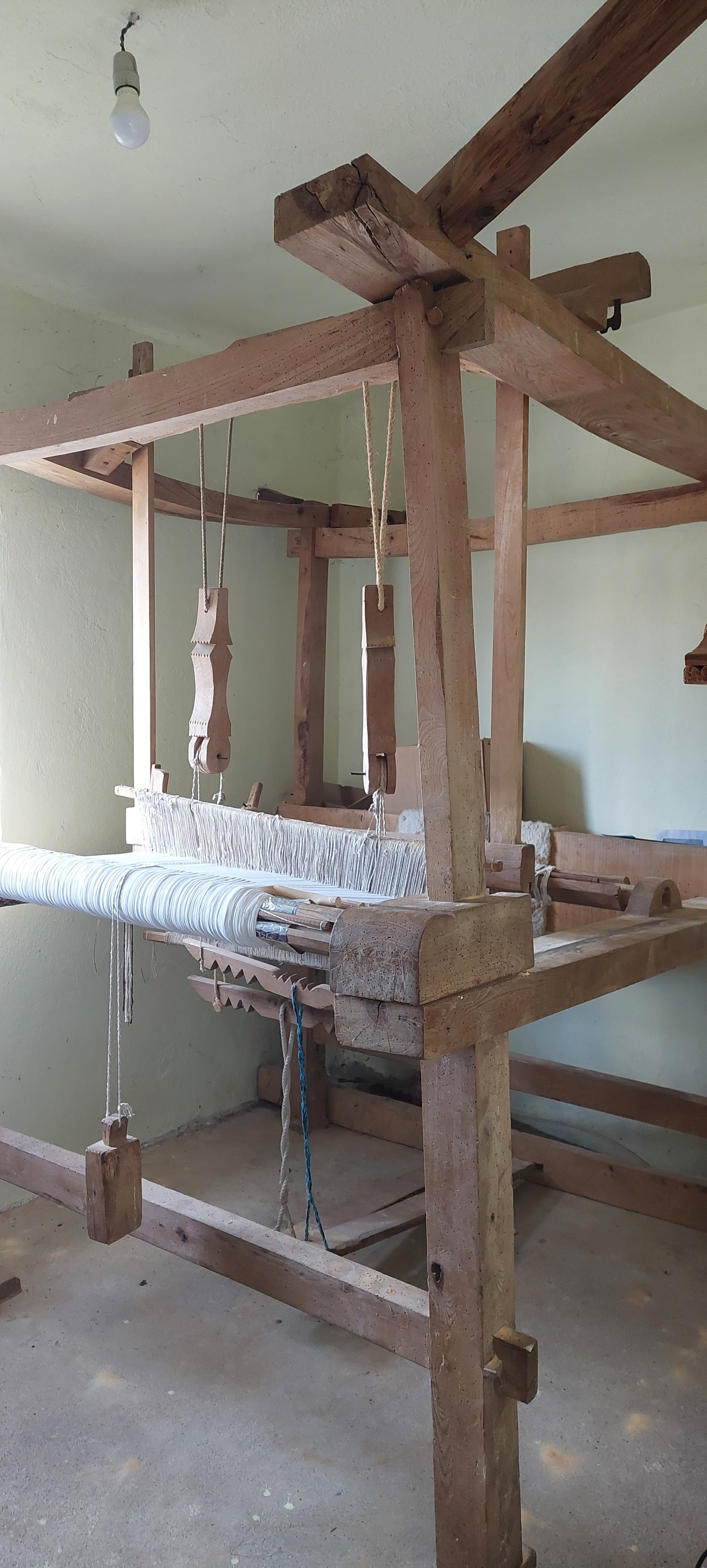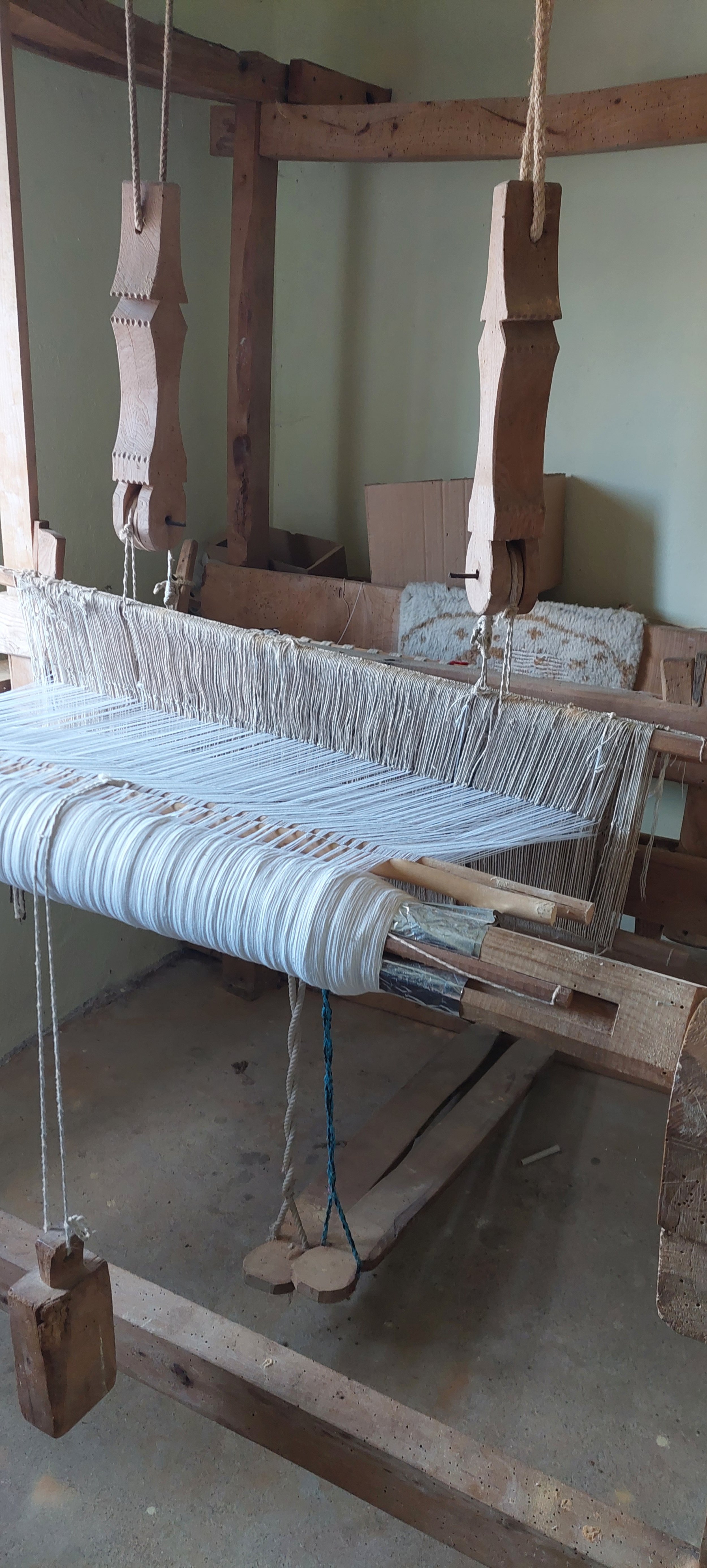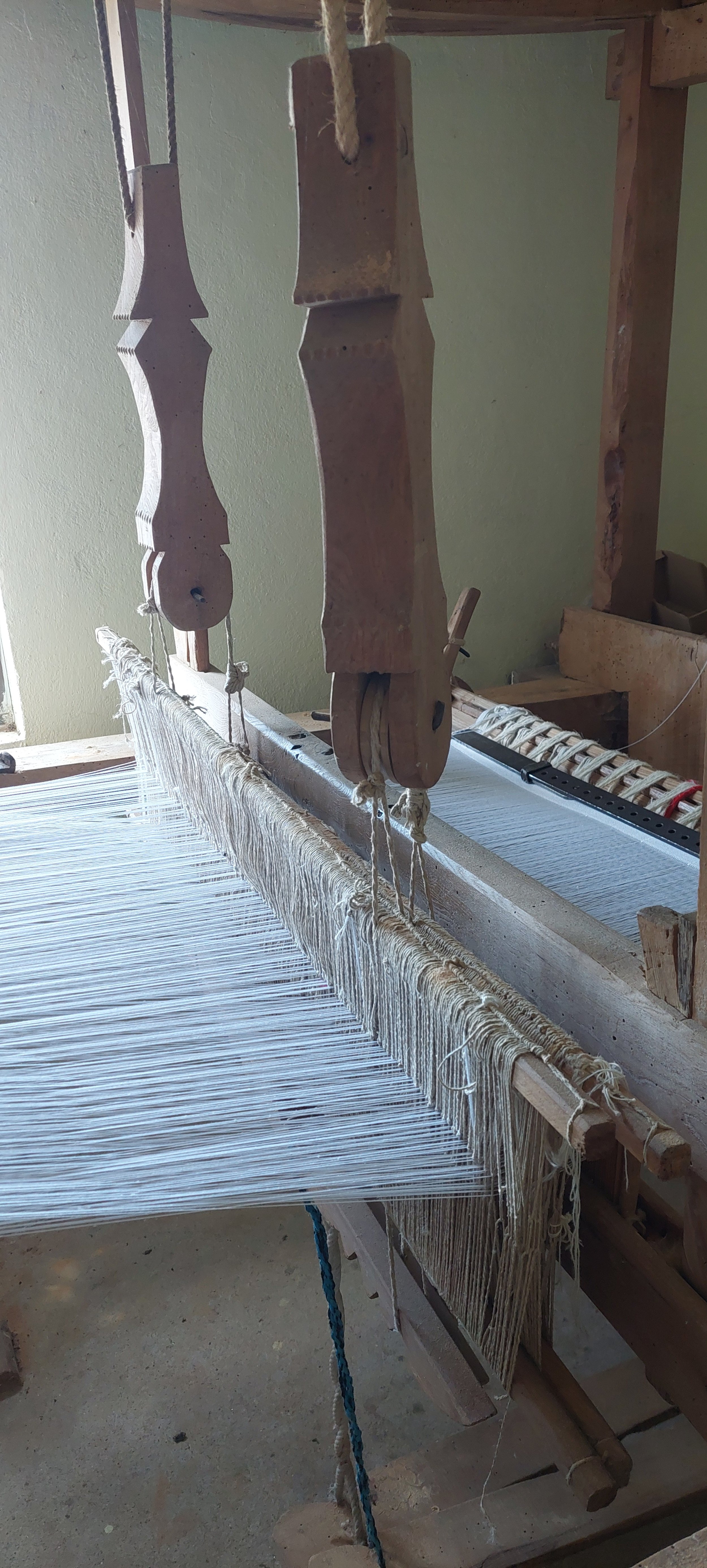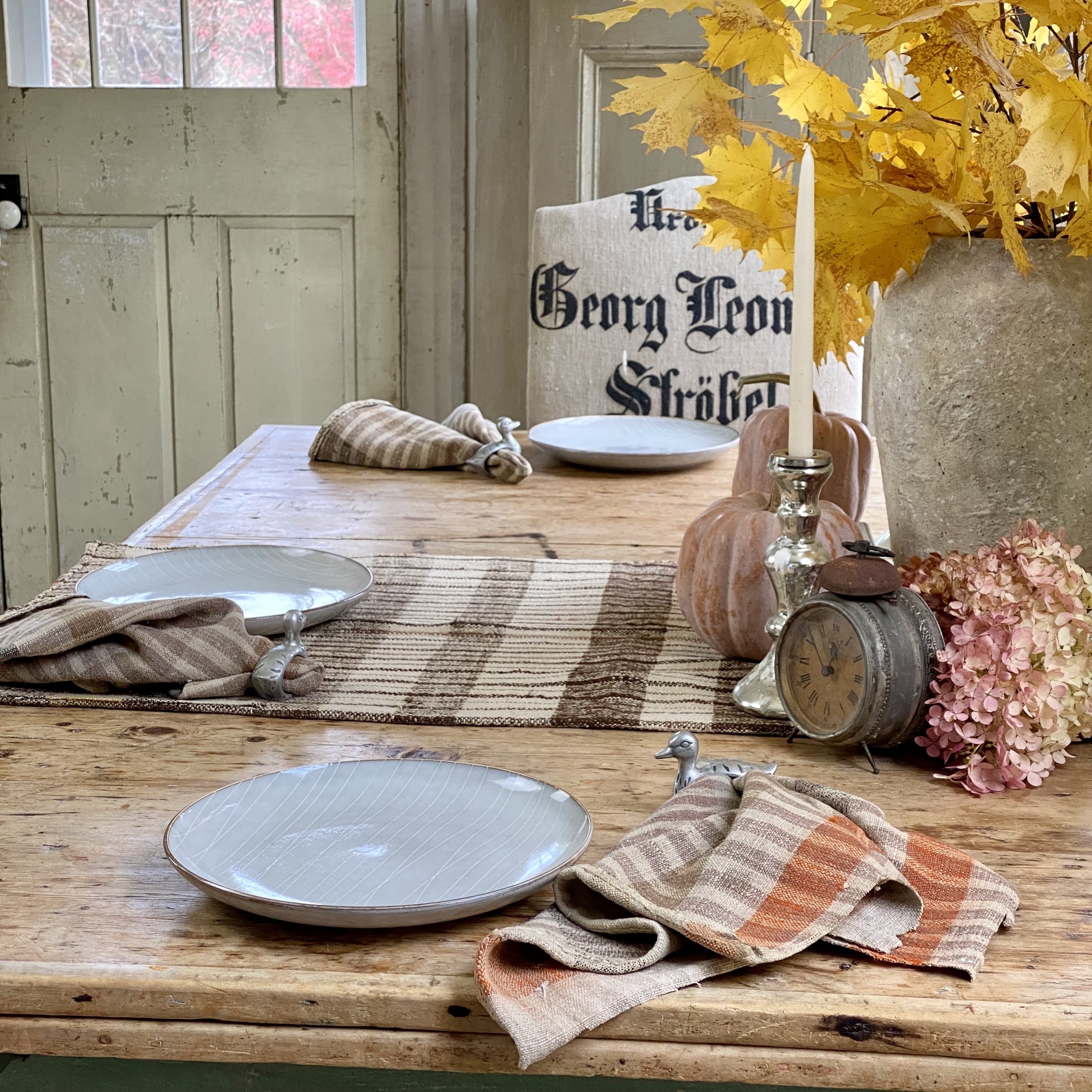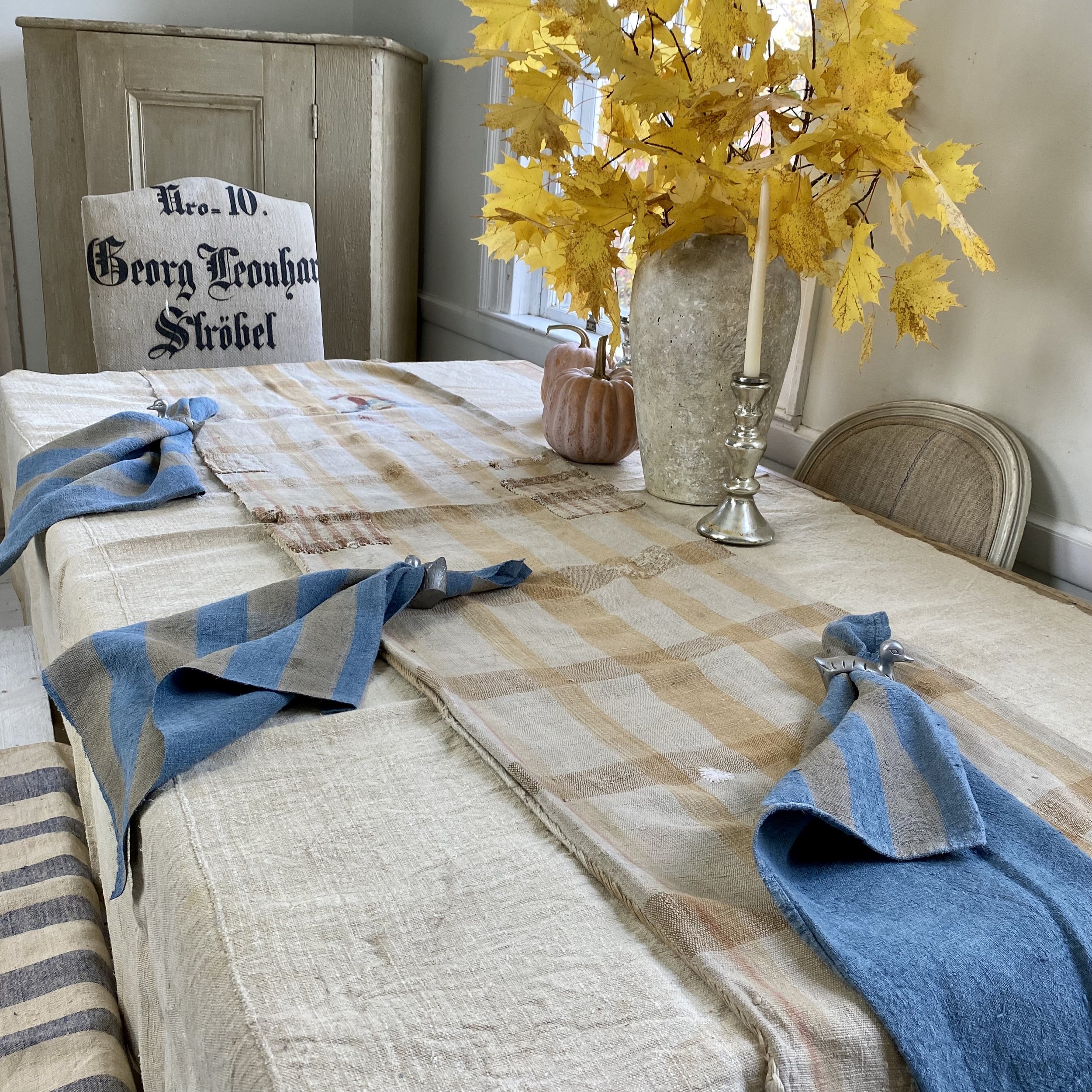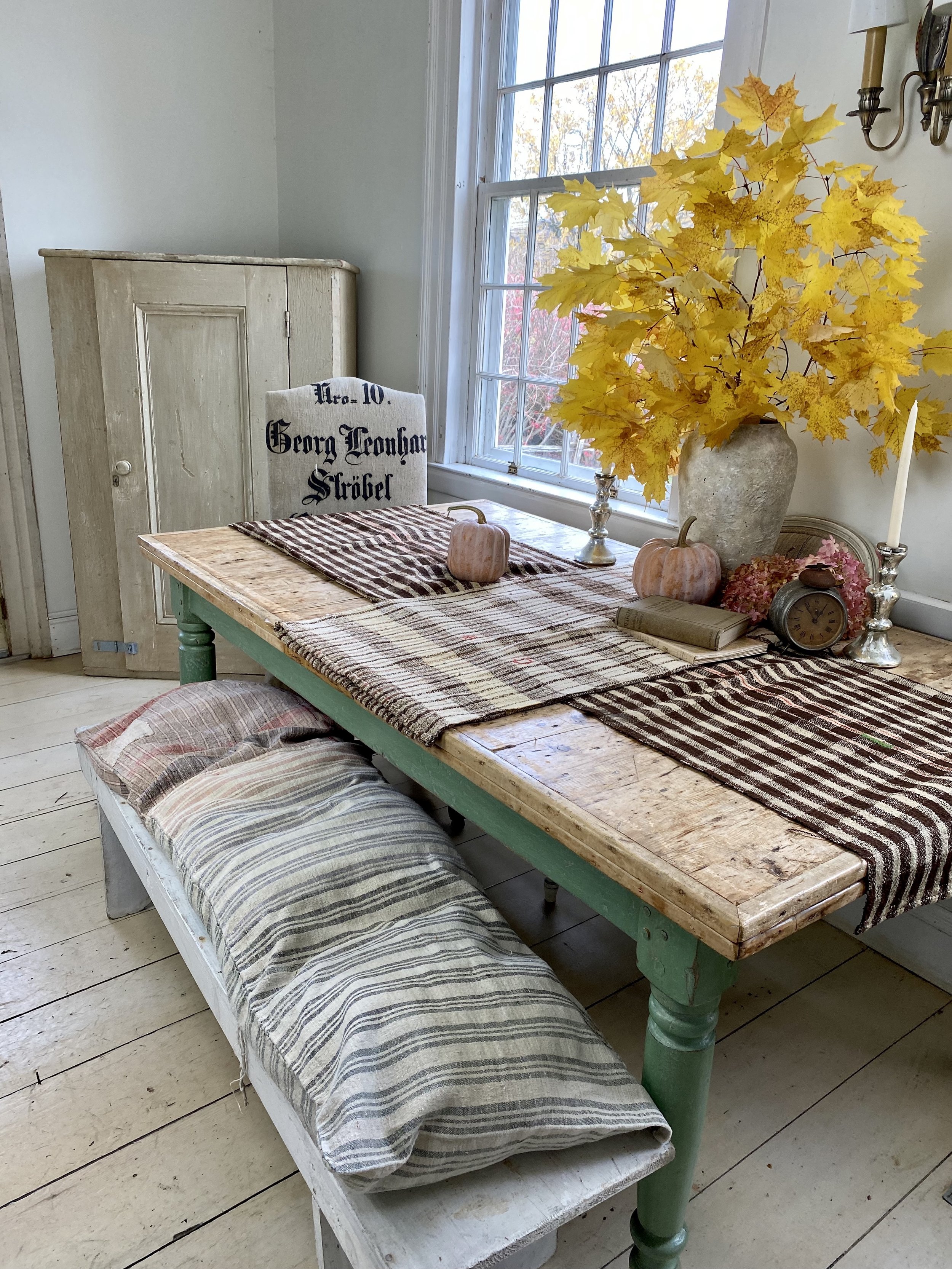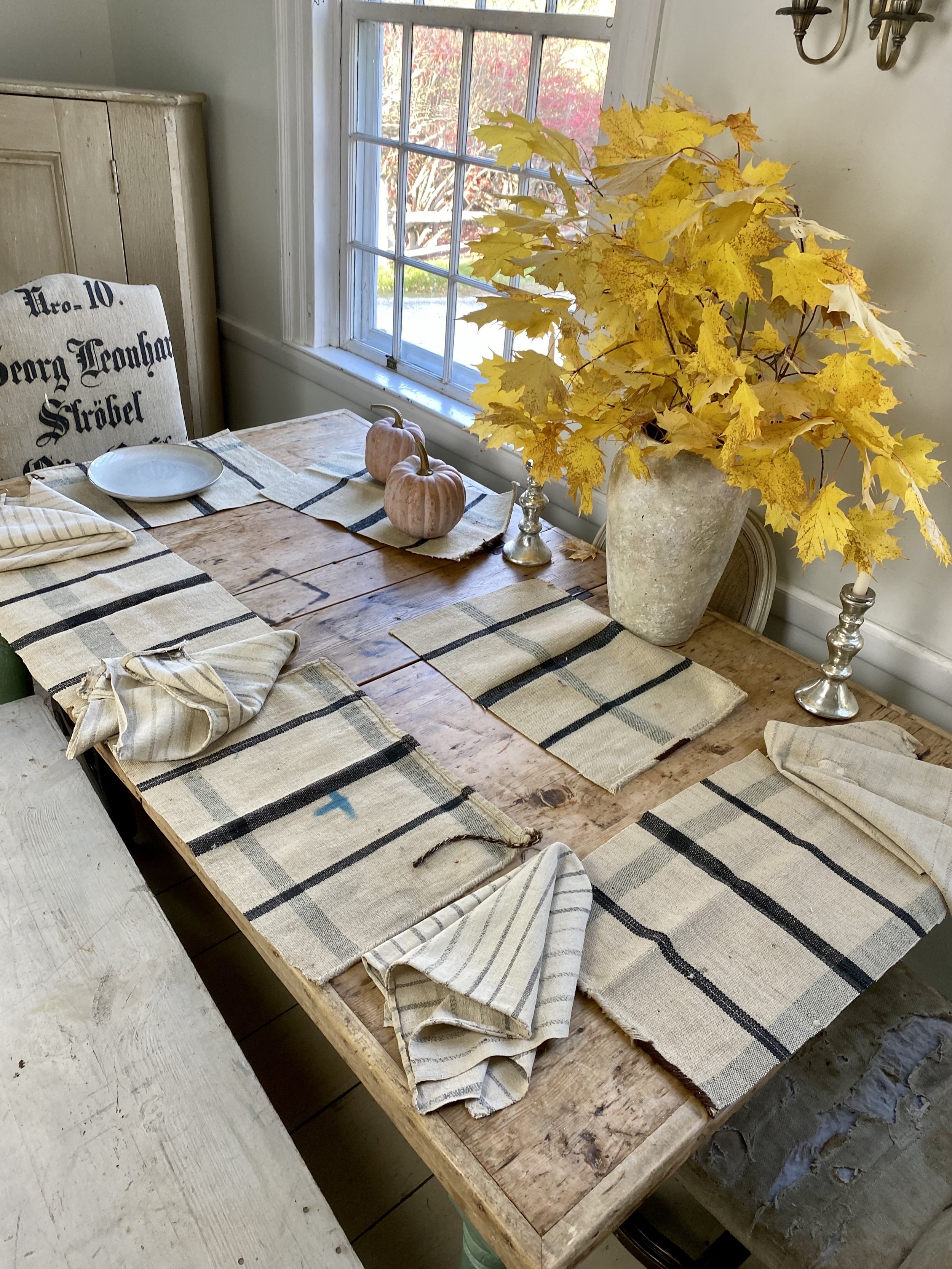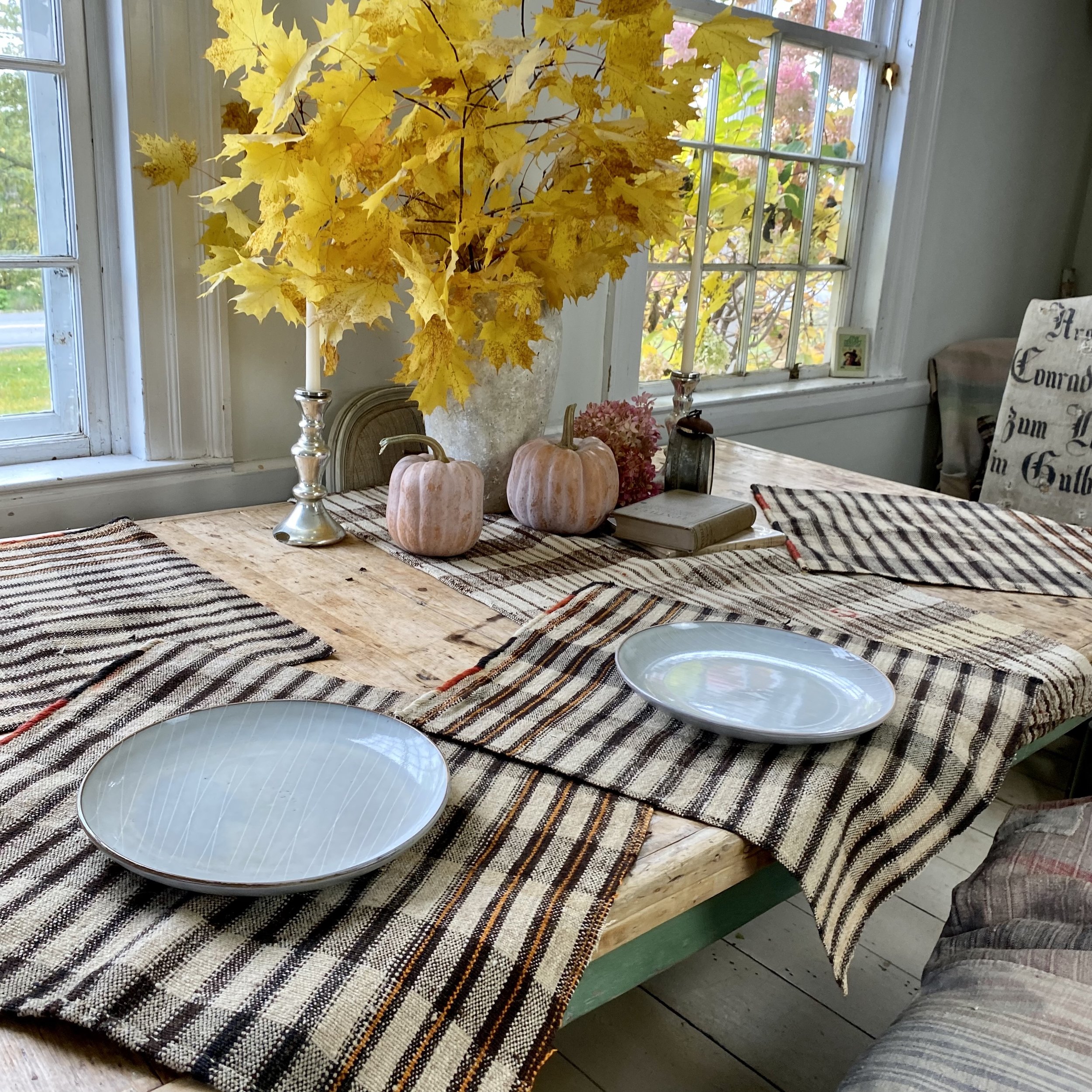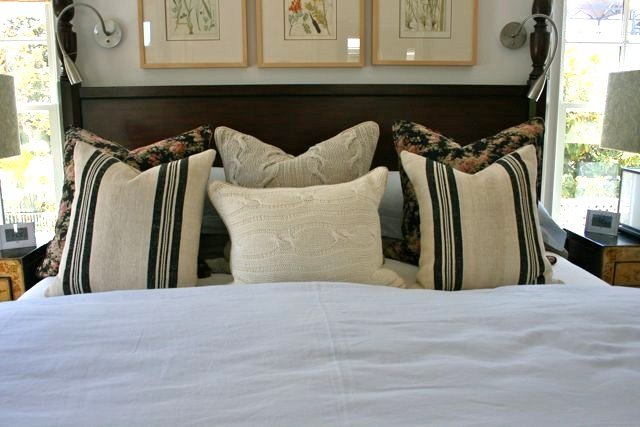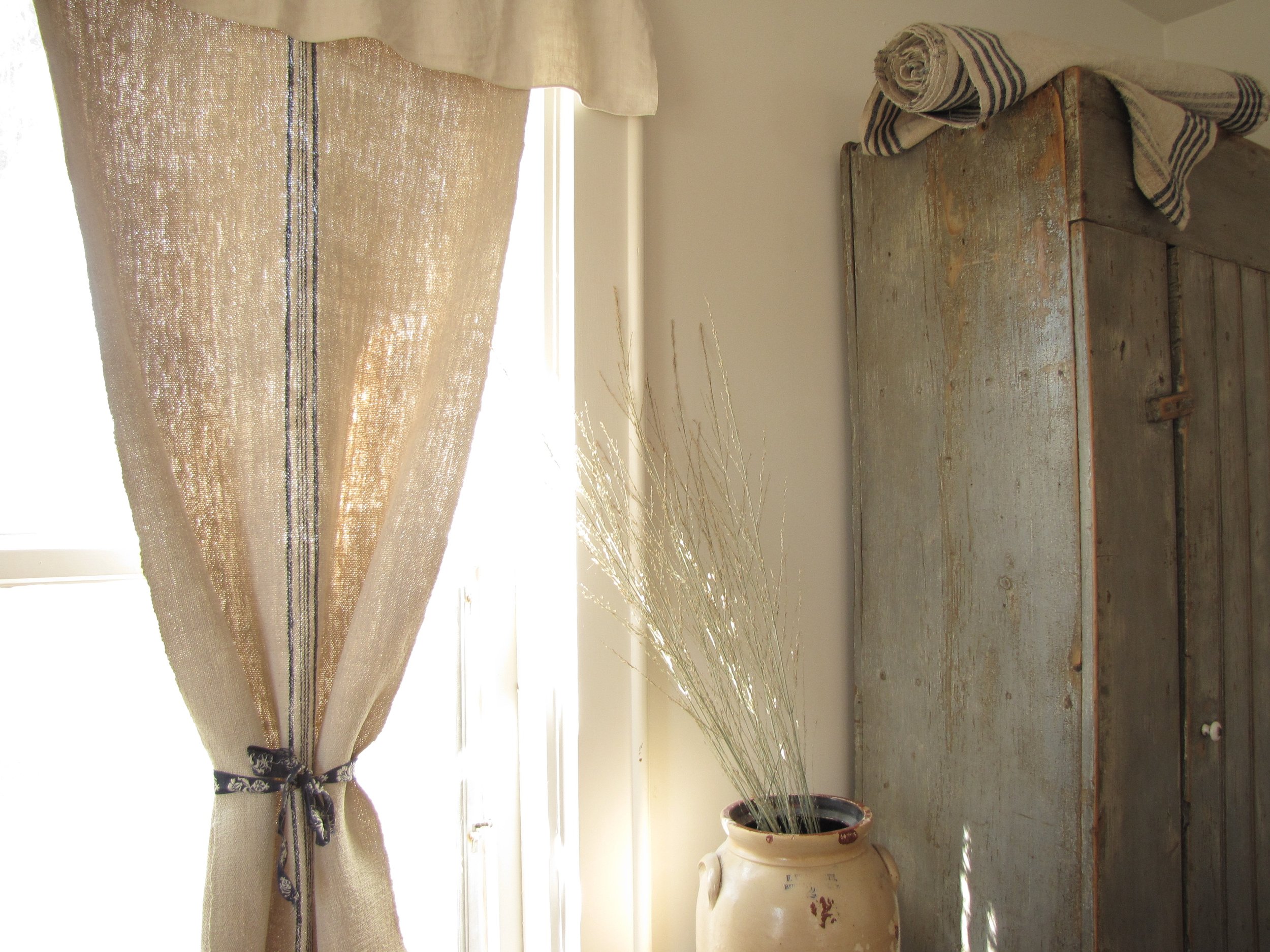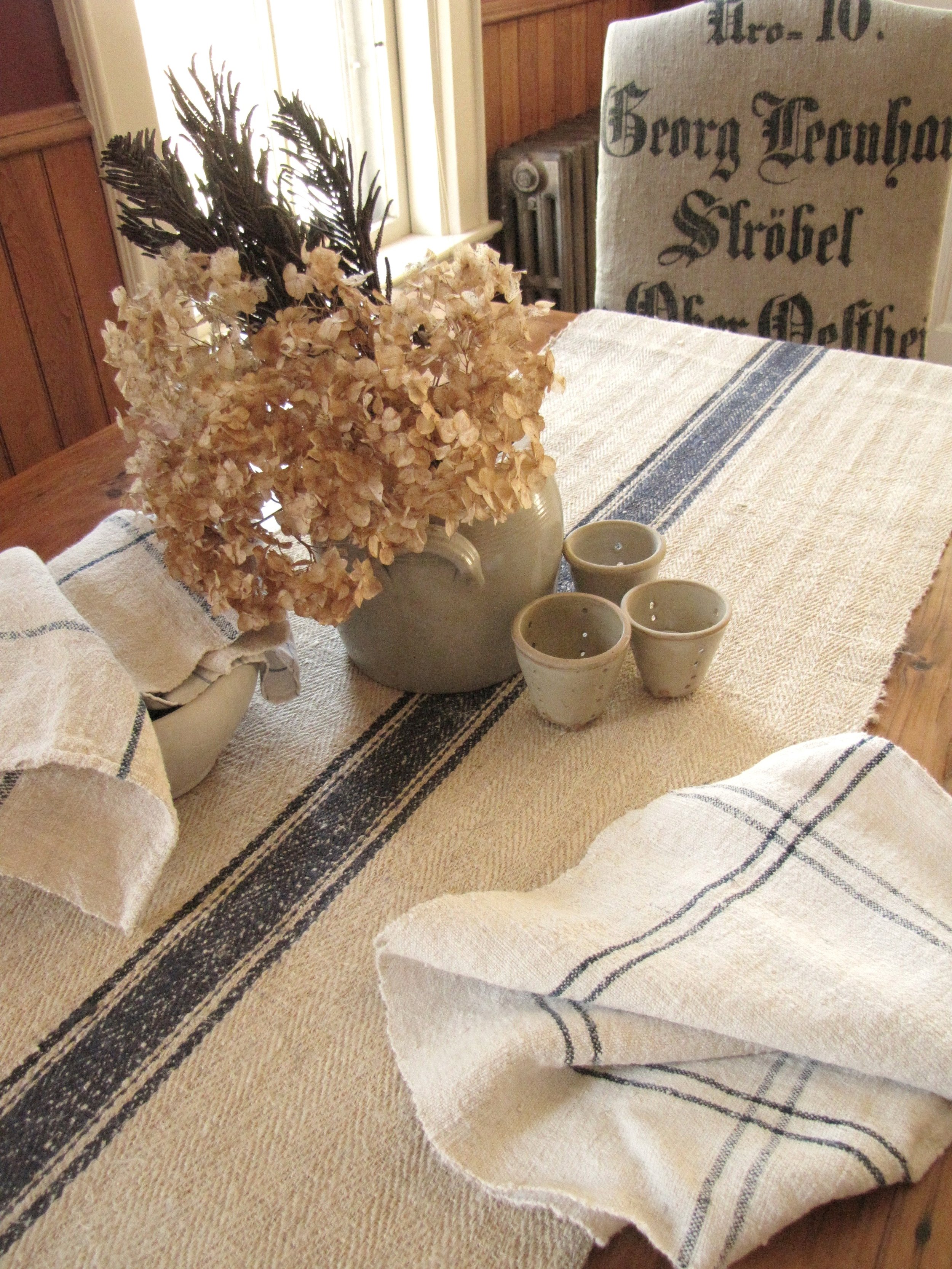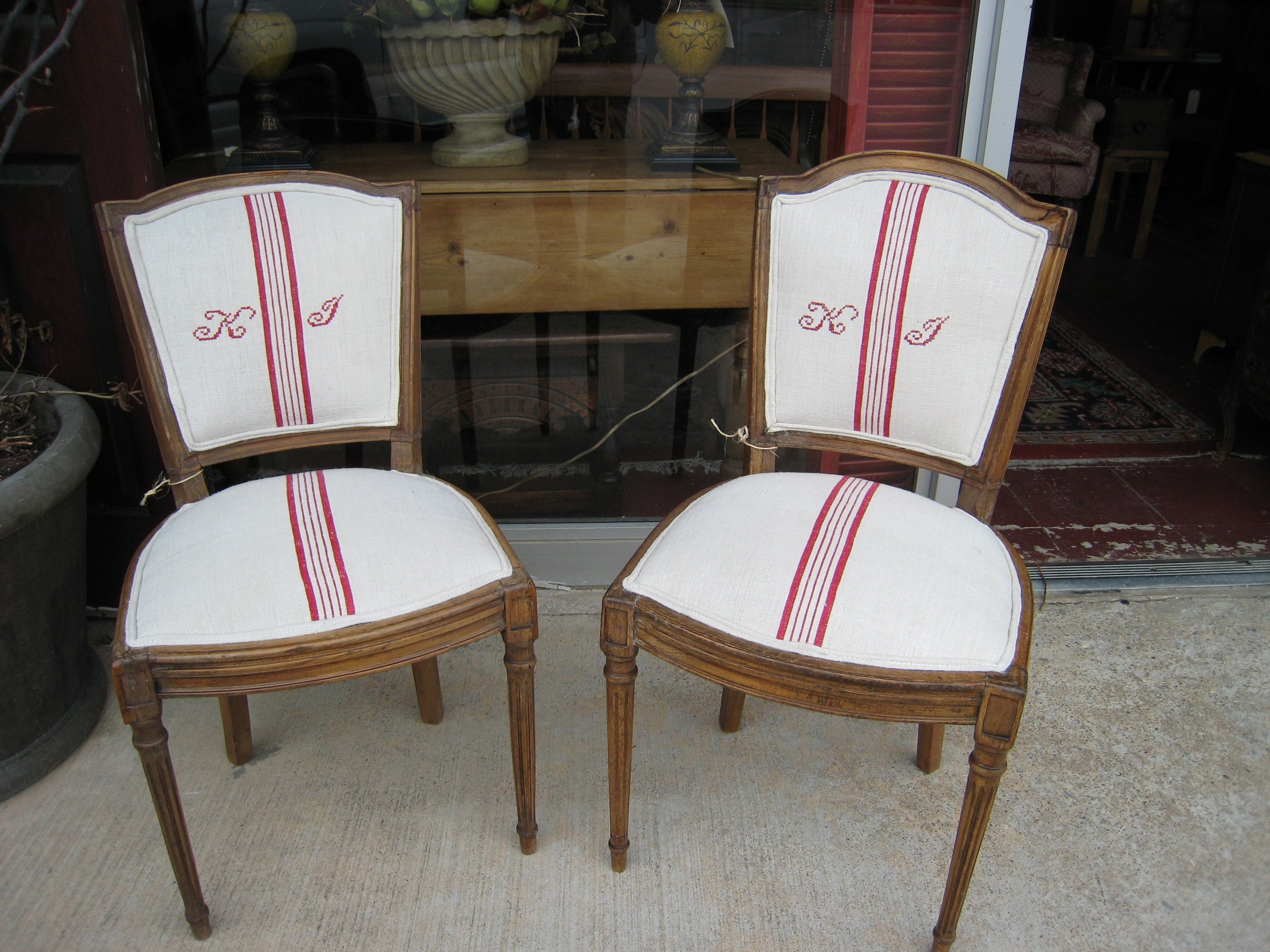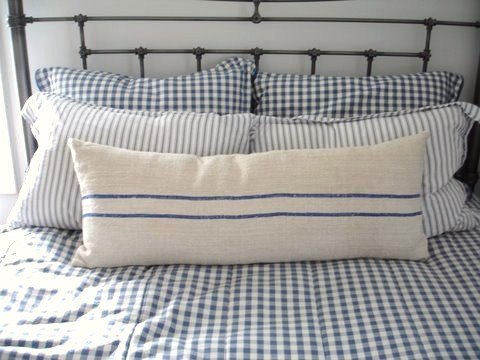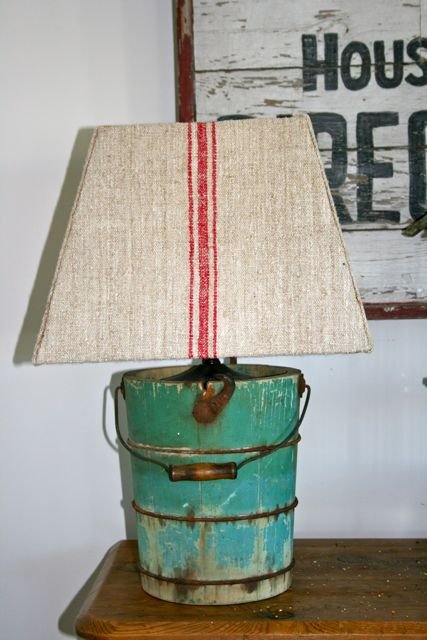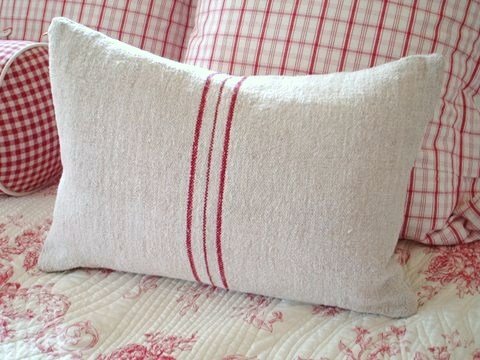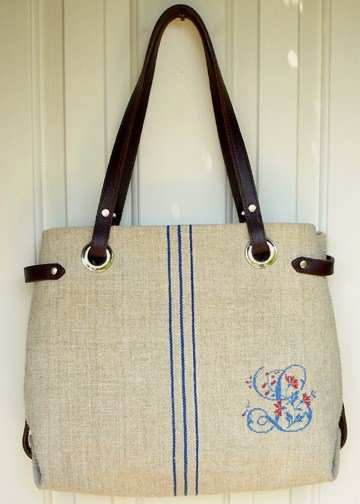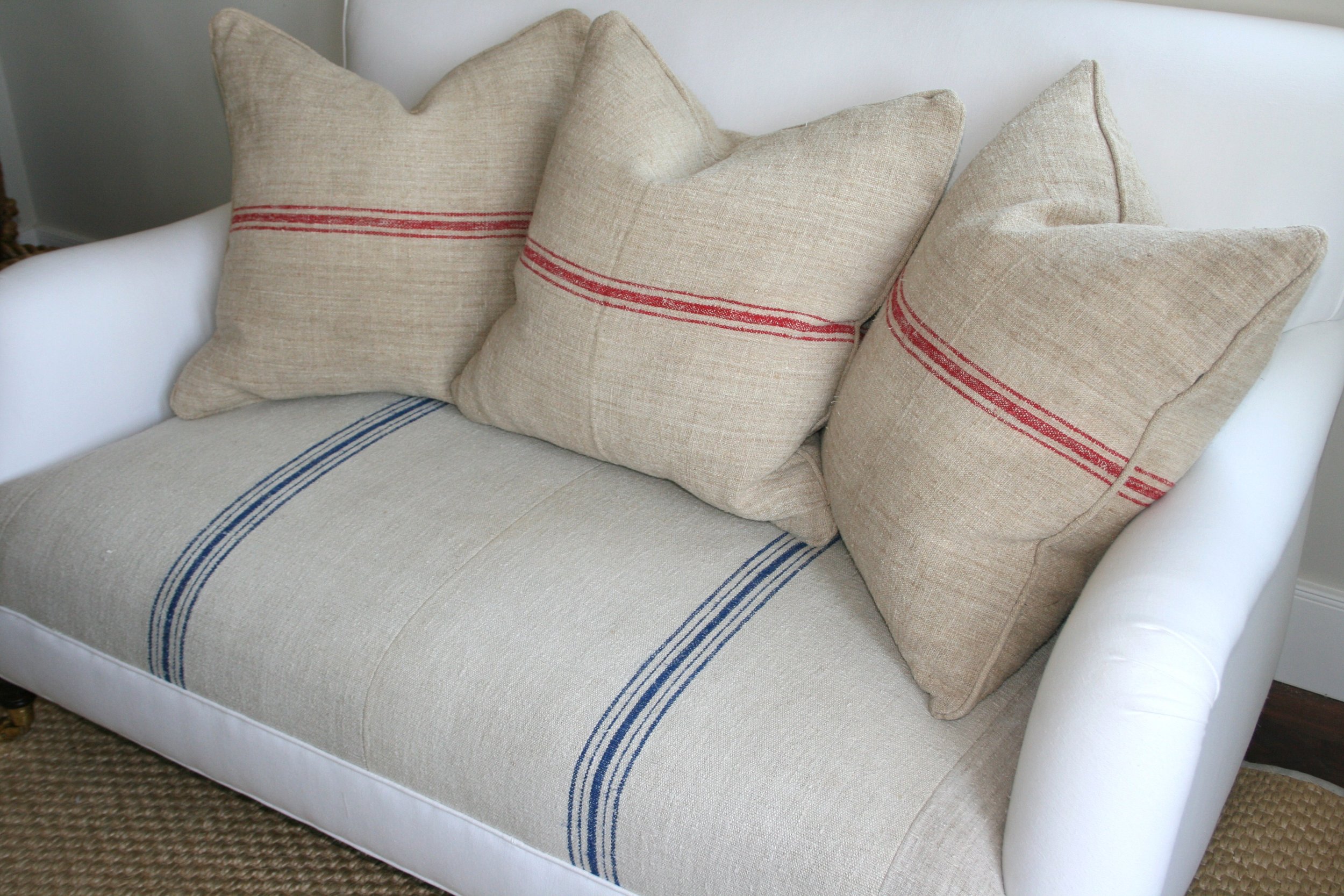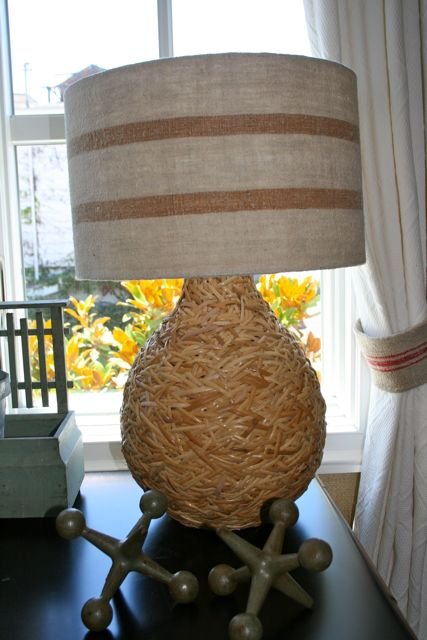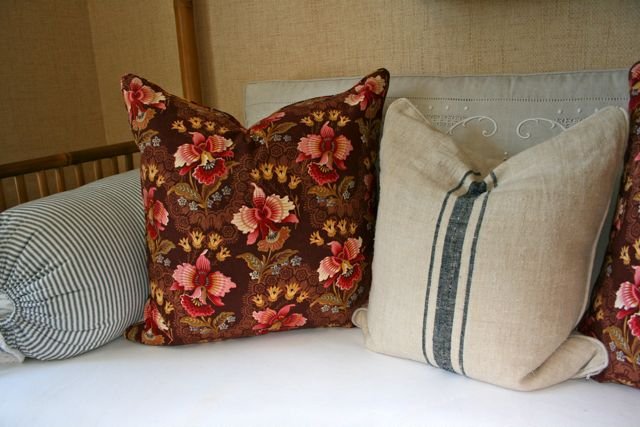Sack Hacks: Creative Uses for Our Antique Grain Sacks
A Rich History
These fabulous antique hand-woven European grain sacks have a rich and interesting history! If only they could speak. They were used by grain farmers in Europe to store and transport grains and flour. This style of sack was in use from the 18th century all the way through to the 1970s! We primarily find these sacks are made from either a wool and linen mix, or 100% linen. The variation in patterns, colors, and monograms had a utilitarian purpose: the miller could identify the family from which the grain came in order to return the sacks after milling by the color and monogram on the sack.
The wool sacks are made from a combination of wool and linen because farmers had access to an abundance of sheep, which meant wool was an extremely cost effective material for making these sacks. The natural wool was either white, black, or brown. White was the most common tone available, so farmers often dyed the sacks by extracting the pigment from natural materials such as leaves, plants, or mushrooms. Farmers then used these pigments to create the vibrant shades of pink, orange, blue, red, and every other color we see in these lovely textiles. These wool and linen grain sacks were primarily used to transport grain from threshing floors (where the grains were separated, often by the feet of oxen or donkeys) to wooden chests called grain bins, where the grain was then stored.
The other type of grain sacks we see, linen sacks, are woven out of linen and very occasionally small amounts of cotton or linen wool blends. The flax used to weave these linen sacks was grown by the farmers themselves, then hand woven by the family. They used a narrow loom with a warp of linen and a weft of either linen or a linen and wool blend. We also see cotton used in the weave of these textiles on occasion. These linen sacks were used for transporting grain to the mills, then returning the freshly milled flour to the house. Any linen bag was used for flour transportation and storage.
After the 1970s these methods of grain sack creation were no longer used because other fibers like cotton became easier and cheaper to come by. Luckily, many of these historic sacks were well cared for and are still in great condition for so many purposes today! Such a wonderful and rich history for one of our favorite items.
Below are images of a loom used for weaving these gorgeous sacks. They were all woven lovingly by hand and it is our honor to bring them to you who give them new life! Thank you weavers of yesteryear for creating these textile treasures.
Table Settings and Beyond
European grain sacks are one of the most versatile textiles we sell, which makes them one of our favorites! From table settings, to lampshades, to upholstery and pillows, to bath mats and curtains, these textiles do it all! Below are some ideas for how we have used these incredible textiles. Many of these ideas are DIY projects with little to no sewing involved!
The picture above is an example of our easy DIY trick to turn one grain sack into four to six placemats, no sewing involved! The placemats pictured above were created using one of our wool grain sacks. The video to the right of this image can provide you with step-by-step instructions for how to make these placemats at home!
With endless variation in color and pattern, there is sure to be a grainsack to suit your decor and color scheme.
A quick tutorial on how to cut these fabulous sacks into placemats for your table!
These DIY napkins are another use we have found for our linen grain sacks. In order to make these at home, simply follow the above tutorial for making placemats from our grain sacks! They will fray in the wash, a detail we LOVE, but if you would like yours not to fray simply hand wash and dry the napkins, or stitch a simple seam onto each unfinished edge.
We love to use our linen grain sacks as bath mats! They add a touch of shabby chic glam to any bathroom- and they really work.

